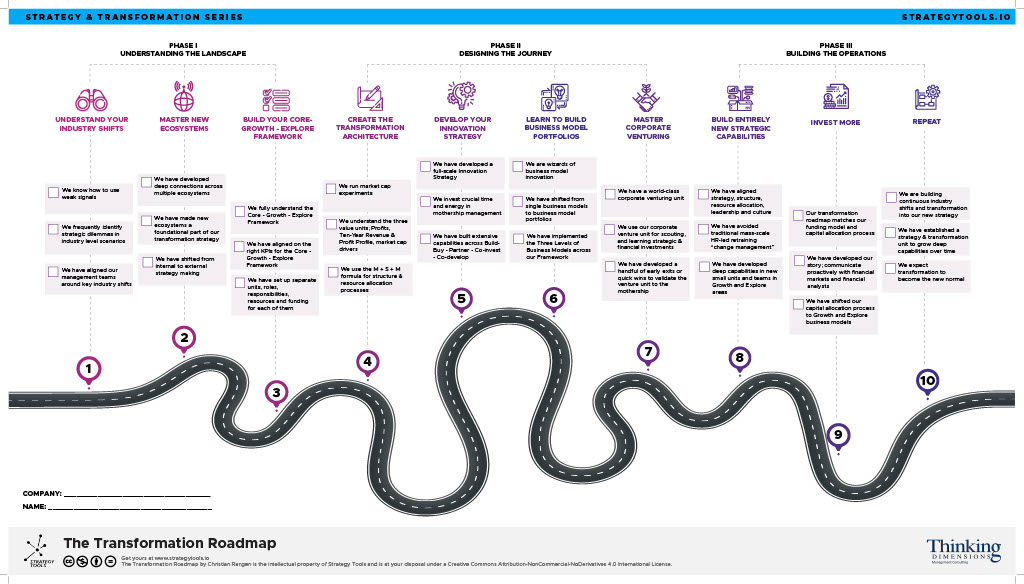We know that profit makes the world go around because it provides the medium to reinvest business for future growth.
So why don’t companies have a VP of Profitability?
We don’t have VPs of Profitability because we actually don’t manage Profit directly. It’s the output of the activities that produce revenue (sales) less the activities that it costs to make and support the delivery and service of this product to the customer.
This answer may be obvious to you and those in your company but we see a profound and practical opportunity for executives and managers who have not yet taught everyone that profit (P) is an output of Revenue (R) less Expenses (E).
 R-C=P
R-C=P
Tim Cook recently underscored this point – and if a company of Apple’s size and profitability can emphasize this – there’s little stopping you from at least considering it for your company as well.
![]() And so, we’re actually not focused on the numbers. We’re focused on the things that produce the numbers, right?
And so, we’re actually not focused on the numbers. We’re focused on the things that produce the numbers, right?![]()
Here are 4 powerful reasons why you should educate your company about from where Profit comes.
1. Most Don’t Know or Have Forgotten the Simplicity of R-C=P
In the weekly, monthly, quarterly and yearly repetition of reporting, executives and employees can get numb to the intent of the numbers. Many are so focused on “getting the report” to the people above that they forget that business is still about getting the right product to the right customer and ensuring the R-C=P equation ends up being positive. Reminding them of this simple equation or relationship helps de-clutter thinking and empowers them to take action and communicate on things that matter. After all, reporting (in the business sense) is not a profession; it is a method to exchange relevant data so the managers and management can take action - not admire or fret about the slope or color of graphs.
2. You Create a Stronger Team Because Everyone Contributes to R, C or Both
So much has been written on cross-functional silos and the need to break them down and by educating your company on how the numbers work, you will naturally break down silos. This is critical for speed in decision-making, responsiveness to customer problems and simplifying communication in the organization. You will begin to eliminate the Marketing vs. Sales, Sales vs. Operations and Managers vs. Employee disconnects. It sends a strong message about what We as a company are doing and how We as a company are keeping score.
3. You will Get Better Specificity to Find Why Profit is Down or Up
Two things I always hear in companies when working with executives and managers are “We missed are numbers” OR "We beat the numbers” and I always ask:
Do you know why?
The group who has missed the numbers is busy ruffling through reports and papers and the group who made the numbers is sitting back and sipping a hot cup of Joe.
In both cases the groups should know the cause – they should be able to point to the activities that created the surplus or shortfall. And most times they don't.
Too many companies let general answers suffice such as we “lost a key customer” (R is affected) or “suppliers unexpectedly raised prices” (C is affected). If you teach your executives and employees about the things that make up revenue (e.g. volume, price, value proposition, mix, competitive offerings, etc) and costs(e.g. direct material and labor, indirect costs, overhead), they are more apt to get to the cause, get you as the leader the right information to make a more informed decision, and importantly understand that they have more impact on profit than they ever imagined.
4. Most Come Up Through Functional Ranks and Have Not Managed a P&L
We see this all the time and it’s worth stating again. Many if not most great performers in companies who rise to lead business units, regions or even the company have earned their stripes from a functional or operational start. Most have not managed a P&L through their entire careers. So it's only natural for certain functions to be focused on New Revenue (e.g. new sales, new products, new customer, adds-on sales) or from an operations side – Cost (e.g. inventory or labor above budget, throughput vs. goal, scrap rates) ….All of these are critical – but they imprint an R mentality or a C mentality into the person – and bringing them back to the full R-C=P equation is a potent reminder of how profit is reached.
These four points could be your catalyst to educate your team or company on where profit comes from and maybe even provide the answer – should you be asked – as to why we don’t have a VP of Profitability.
If you would like more information on how companies we work with PROFIT from CLARITY through the simple yet powerful decision-making tools we embed, I invite you to comment or contact me to share your thinking.






